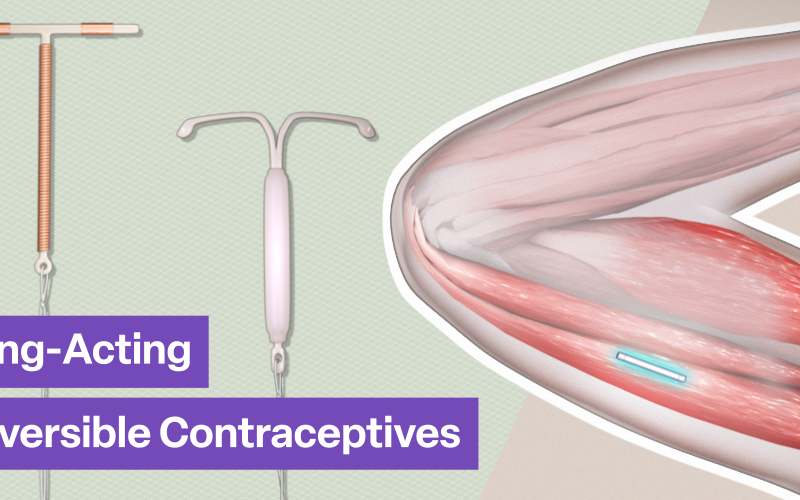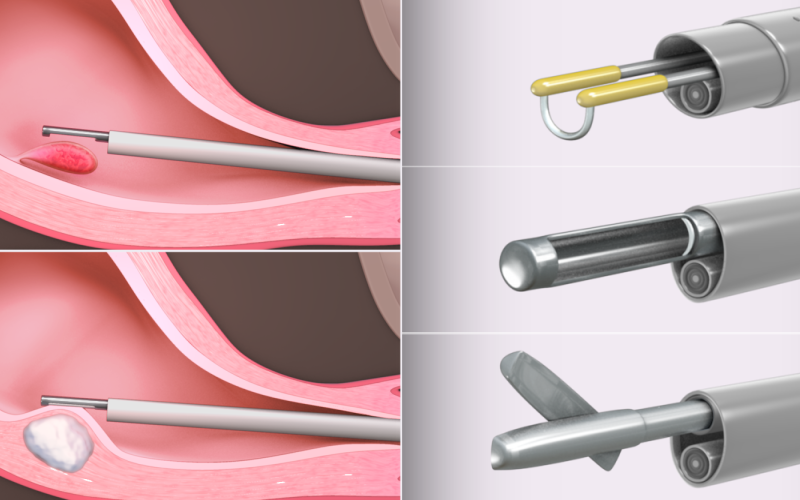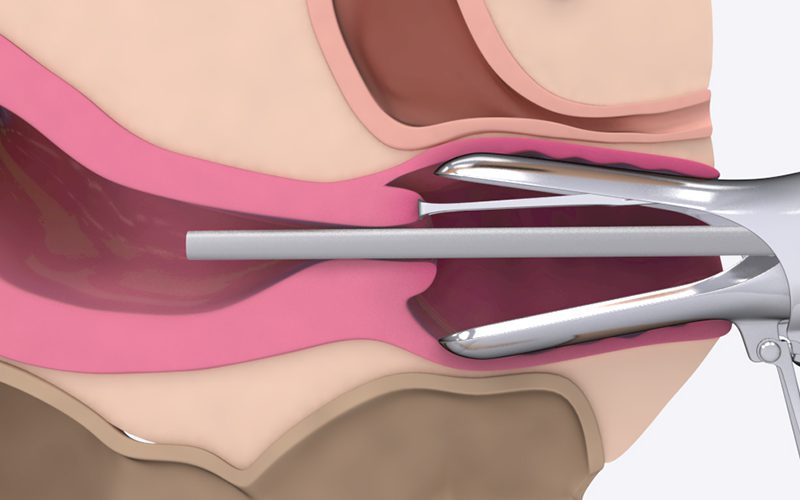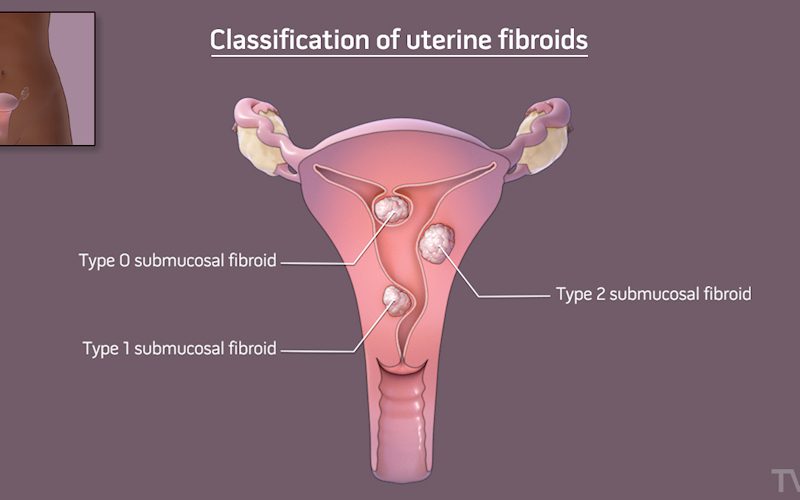The pelvic examination
00:10 Introduction
02:11 Indications and contraindications
02:44 General preparation
05:29 Examination of the external genitalia
06:39 Speculum exam
12:31 Bimanual exam
15:34 Rectovaginal exam
16:35 End of pelvic exam
Case description
- The pelvic exam is an assessment of the female reproductive organs. A complete pelvic exam includes: Visual inspection of the external genitalia, a speculum exam, bimanual exam, and possibly a rectovaginal exam.
- A pelvic exam is indicated when patients present for routine screening, or with complaints suggestive of a gynecological cause. A lack of consent is an absolute contraindication to a pelvic exam.
- An important principle of the pelvic exam is to minimize exposure of sensitive areas. A chaperone should be offered to all patients and is a requirement for male providers. Supervision from staff or residents is required for all medical students.
- Examination of the external genitalia requires good lighting. Inform the patient that the drapes will be adjusted to expose the external genitalia. Observe for divergent anatomy, color changes, lesions, and scarring.
- When performing a speculum exam, make sure the light source is functional and in position, and warm the speculum with tap water.
- Insert the speculum along the posterior vaginal wall, pointing downwards at a 45 degree angle towards the patient’s sacrum. Once the cervix is visualized, the speculum can be locked in place.
- Once the examination is complete, gently release the lever’s lock. Keep the blades slightly open until the speculum is retracted beyond the cervix.
- A bimanual exam is an internal vaginal exam involving palpation of the gynecologic organs, using a vaginal hand and an abdominal hand. Lubricating gel should be applied to the first and second fingers of the gloved vaginal hand.
- The fingers are inserted along the posterior vaginal wall until they reach the posterior cervix. Starting with the uterus, apply upward pressure on the posterior cervix with the internal fingers. Simultaneously, the non-dominant hand is placed on the abdomen, and the uterus is palpated.
- To assess for cervical motion tenderness, place the cervix between the two fingers, and gently move the cervix side to side.
- To palpate the adnexa, position the internal fingers in the lateral fornix, and place the abdominal hand over the iliac fossa.
- Apply pressure from both hands while sweeping the adnexa downwards towards the midline.
- A rectovaginal exam is an internal exam of the vagina and the rectum, using two fingers simultaneously. Place lubricant on the first and second fingers of the dominant hand.
- The first finger is inserted into the vagina, and the second finger is inserted into the rectum. Palpate for any nodularity, fullness, or tenderness between the two fingers.
- At the end of the exam, the patient should be informed that they may experience spotting, and offered tissue and a pad.
SOGC guidelines
Click here to view SOGC guidelines for pelvic exams.





Very good. The most informative description I’ve ever seen on this subject (and I’m 65 years old). Thank you.